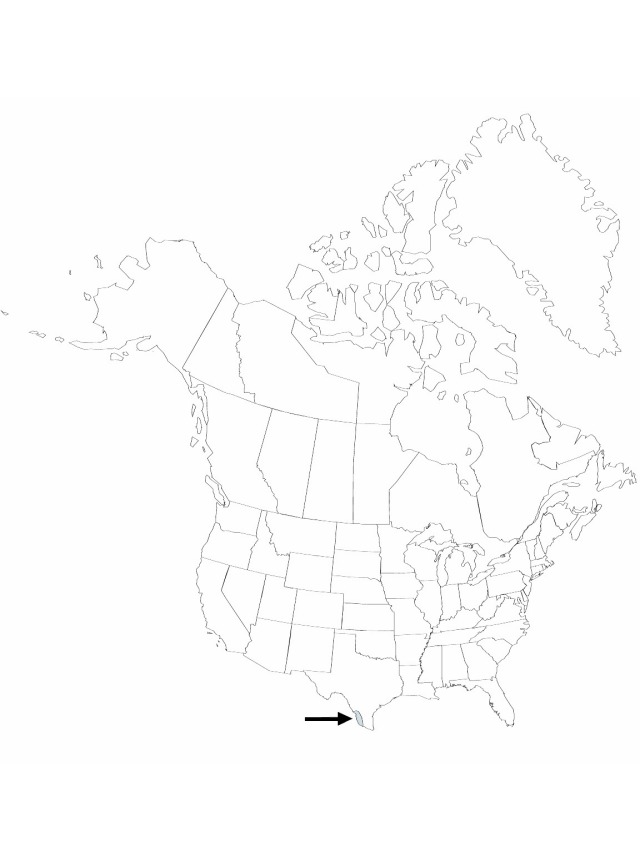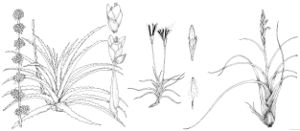Difference between revisions of "Hechtia glomerata"
Abh. Math.-Phys. Cl. Konigl. Bayer. Akad. Wiss. 3: 240, plate 6. 1840.
FNA>Volume Importer |
imported>Volume Importer |
||
| (2 intermediate revisions by 2 users not shown) | |||
| Line 8: | Line 8: | ||
}} | }} | ||
|common_names=Guapilla | |common_names=Guapilla | ||
| + | |special_status={{Treatment/ID/Special_status | ||
| + | |code=F | ||
| + | |label=Illustrated | ||
| + | }} | ||
|basionyms= | |basionyms= | ||
|synonyms= | |synonyms= | ||
| Line 45: | Line 49: | ||
|publication title=Abh. Math.-Phys. Cl. Konigl. Bayer. Akad. Wiss. | |publication title=Abh. Math.-Phys. Cl. Konigl. Bayer. Akad. Wiss. | ||
|publication year=1840 | |publication year=1840 | ||
| − | |special status= | + | |special status=Illustrated |
| − | |source xml=https:// | + | |source xml=https://bitbucket.org/aafc-mbb/fna-data-curation/src/2e0870ddd59836b60bcf96646a41e87ea5a5943a/coarse_grained_fna_xml/V22/V22_336.xml |
|genus=Hechtia | |genus=Hechtia | ||
|species=Hechtia glomerata | |species=Hechtia glomerata | ||
Latest revision as of 20:30, 5 November 2020
Plants 0.7–2.8 m in flower. Leaves pungent; blade 21–98 × 2–6 cm. Inflorescences 2–3-pinnately compound, scaly; proximal primary bracts often inconspicuous, shorter than lateral branches; lateral branches laxly or densely flowered, appearing capitate or cylindric, 0.5–40 cm. Staminate flowers sessile, scaly; floral bracts 2.5–3.5(–5.5) mm, exceeded by sepals; sepals ovate, 2.5–4 mm; petals 3.5–4.5 mm. Pistillate flowers sessile, scaly; floral bracts 3.5–4.5(–6) mm, exceeded by sepals; sepals ovate, 3–4 mm; petals ovate, 4.5–5 mm; ovary almost wholly superior. Capsules 6–8.5 mm, scaly, glabrescent with age.
Phenology: Flowering spring–summer.
Habitat: In gravel and on sandstone formations
Elevation: 0–150 m
Distribution

Tex., Mexico, Central America.
Discussion
Selected References
None.
Lower Taxa
None.
